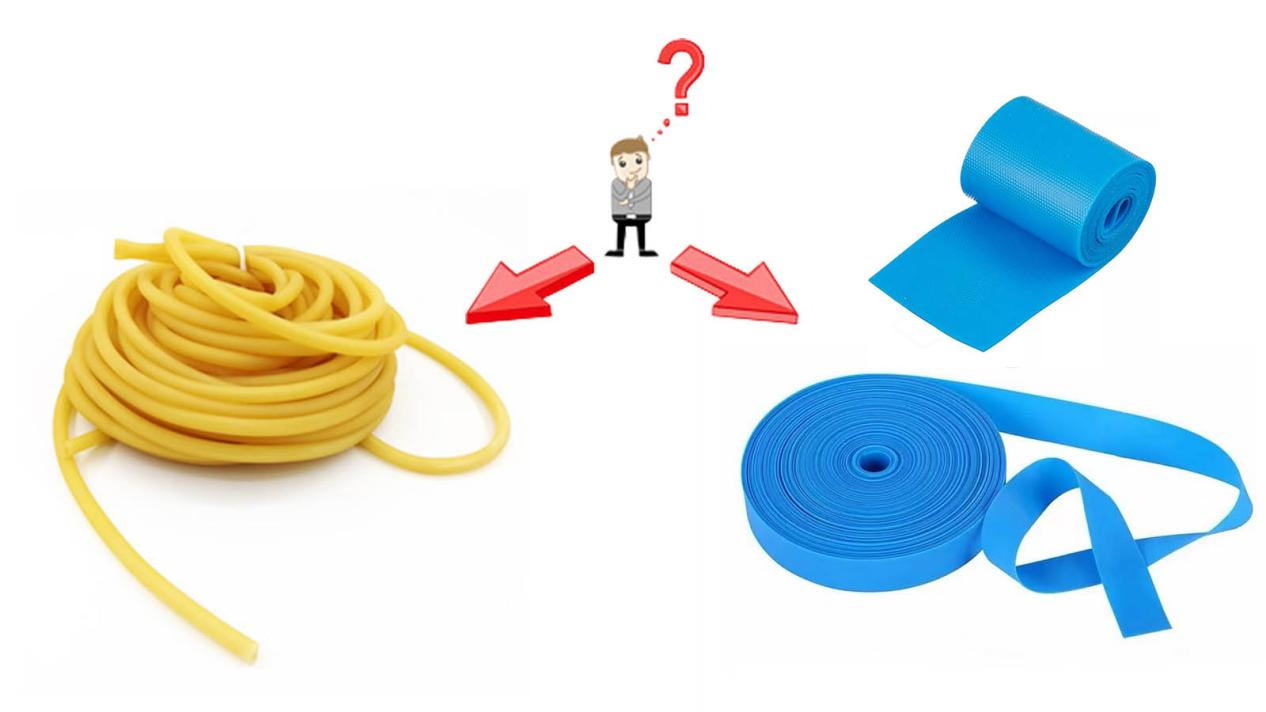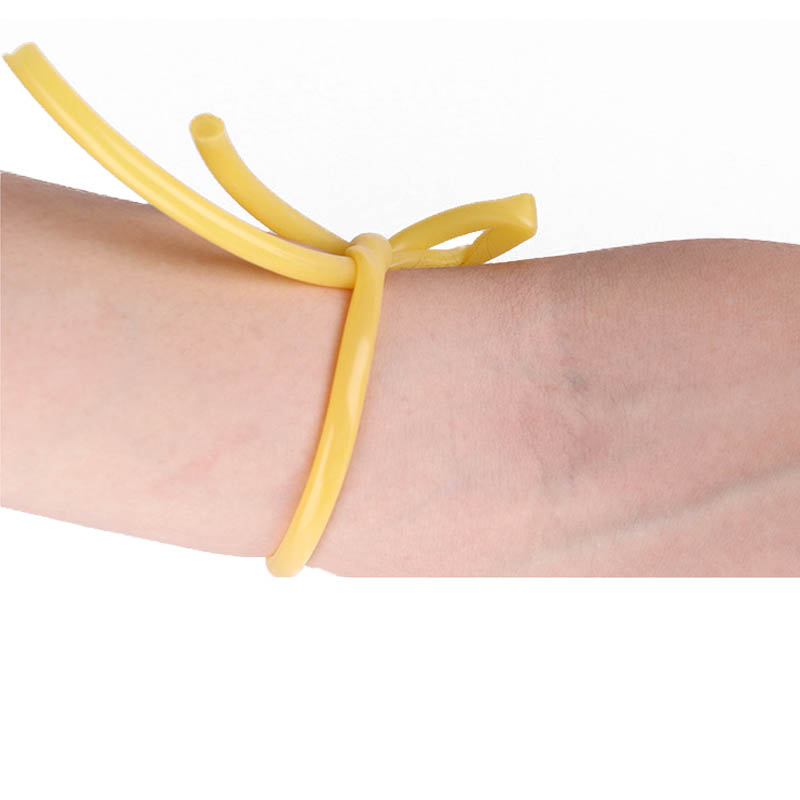Selection of Rubber Tourniquet and TPE Tourniquet
2025-04-11

In medical emergency and clinical treatment, tourniquet is a key tool to control bleeding and save lives. With the continuous progress of material science and medical technology in modern society, more and more new types of tourniquets are emerging, and TPE tourniquet is a typical representative of them, which has a lot of differences compared with the traditional rubber tourniquet. A more comprehensive understanding of the differences between the two types of tourniquets will help healthcare professionals, first aiders and related practitioners to make better choices in their applications.
Differences in raw materials
Rubber Tourniquet Material
Rubber tourniquet is generally made of natural rubber or special rubber, which is soft and has a certain degree of elasticity to fit the contour of the limb better. However, its elasticity is easily affected by the ambient temperature. In low temperature environment, the rubber will become hard and brittle, which not only increases the difficulty of operation, but also may not be able to stop bleeding effectively due to the lack of elasticity; in high temperature environment, the rubber is easy to deteriorate and lose its elasticity, which will shorten its service life significantly.As a rubber product, there are often allergic reactions to rubber in special populations.
TPE Tourniquet Material
TPE (thermoplastic elastomer) is as an environmentally friendly material, fully compliant with food, medical, FDA standards, based on SEBS, is a blend of polymer materials, giving the tourniquet unique performance.TPE has good flexibility and elasticity, and this elasticity in a wide range of temperatures can be maintained stable, whether it is extreme weather outdoor first aid, or the warm operating room environment, all can be TPE has good flexibility and elasticity, and this elasticity can be stabilized in a wide temperature range. The material is strong and resistant to breakage, and its durability far exceeds that of rubber tourniquets. At the same time, TPE also has excellent chemical resistance, can effectively resist common disinfectants and other chemical substances erosion, easy to clean and disinfection, reduce the risk of cross-infection.TPE tourniquet material does not contain special protein, the impact on the human body is not to produce allergic reactions to special groups.
Differences in the use of rubber tourniquets and TPE tourniquets
In the process of clinical operation, we found that the effective venous puncture, the choice of the correct tourniquet for venous blood collection can have a great relationship with the success of the first time, not only to reduce the patient's puncture pain, but also to avoid cross-infection between patients!
Use Rubber Tourniquet (Tube)
Rubber tube is smooth, low grip, easy to slide when binding limbs, not easy to tighten, especially patients with scarce subcutaneous fat.Round rubber tourniquet binding force area is small, the soft tissue localized pressure intensity is larger, thus easy to trigger pain,and rubber tube tourniquet is often used repeatedly, the patient due to the differences in the disease among each other, the disease is complex, with bacteria wide range, the chance of cross-infection with each other is high. The chance of cross-infection is high. Tests have shown that the traditional tourniquet has become an important source of infection when it is cross-used in different patients.

Use TPE Tourniquet
Disposable TPE tourniquet with flat design, the TPE tourniquet produced by Sanji Medical has two designs, divided into rough and smooth surface. It is easy to operate and not easy to slip off when tying. Smaller force can block the vein without blocking the arterial blood supply, making the vein filling obvious. The force area is large, and the pressure on the soft tissue is small, which minimizes the pain and contact discomfort of the patient during venipuncture and improves the success rate of venipuncture for nurses. Disposable, avoiding potential infection and cross-infection caused by repeated use of tourniquet, it also plays a positive preventive and protective role for health care workers and patients. Disposable wide flat tourniquet has been widely used in Europe and America.

TPE tourniquets show significant advantages over traditional tourniquets in terms of material properties, hemostatic efficacy, ease of use, safety and cost-effectiveness. With the continuous development of medical technology, TPE tourniquets are expected to be more widely used in the field of medical emergencies and clinical treatments, which will bring better, safer and more efficient hemostatic solutions for patients. However, when choosing a tourniquet, it is still necessary to combine the specific use scenarios, budget and other factors to ensure that the tourniquet can maximize its value.



